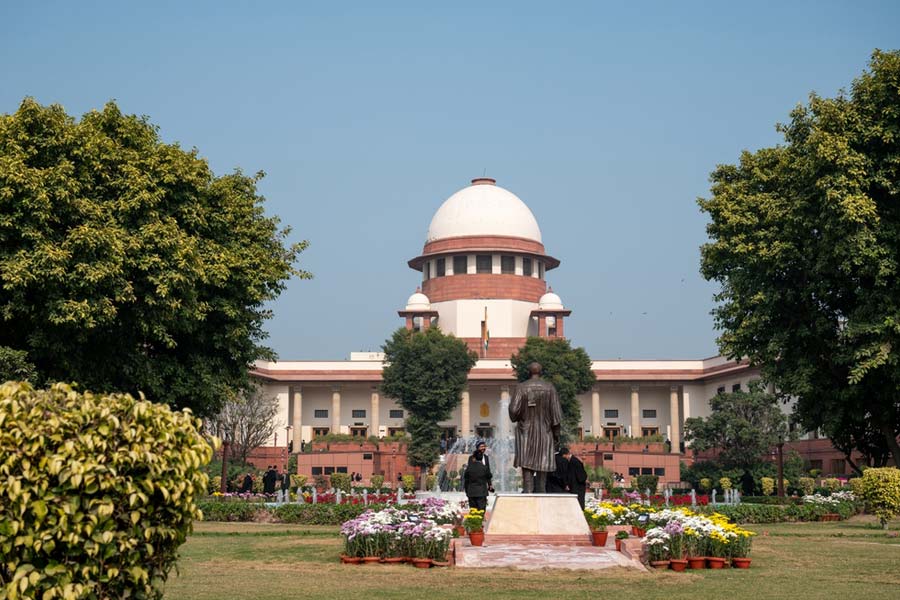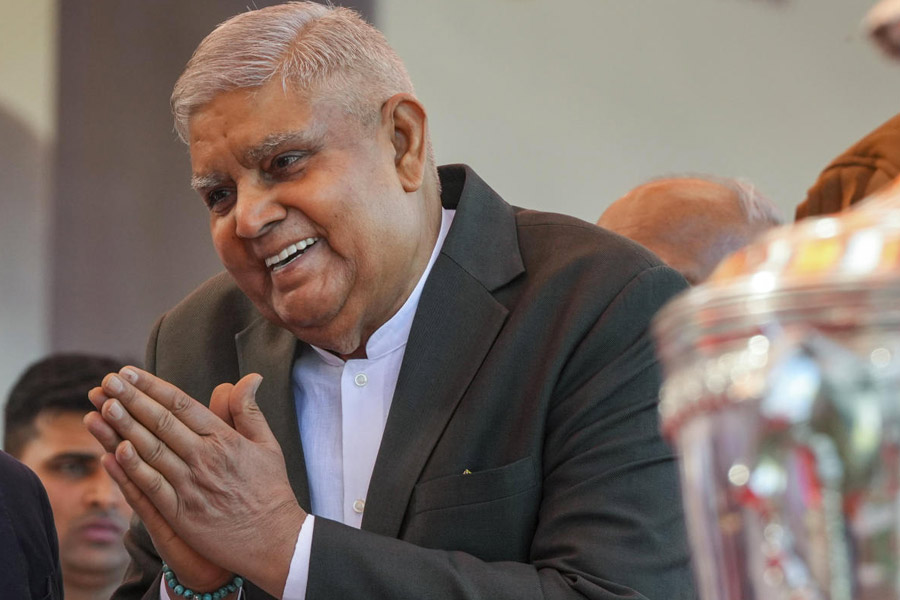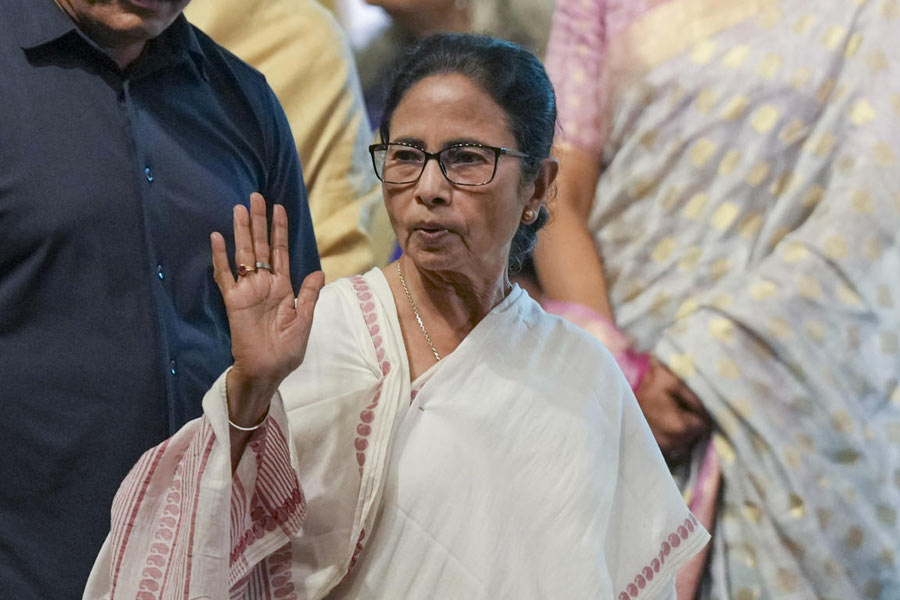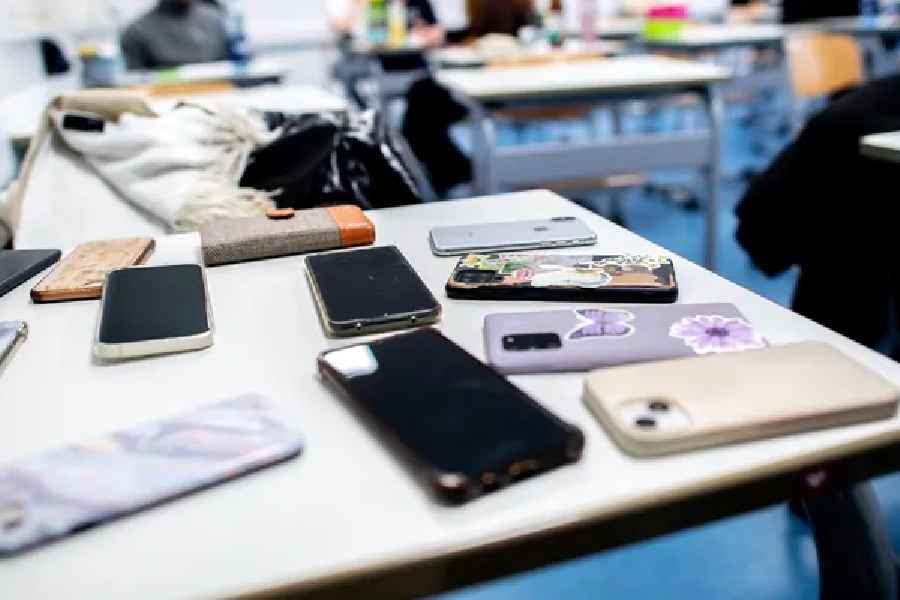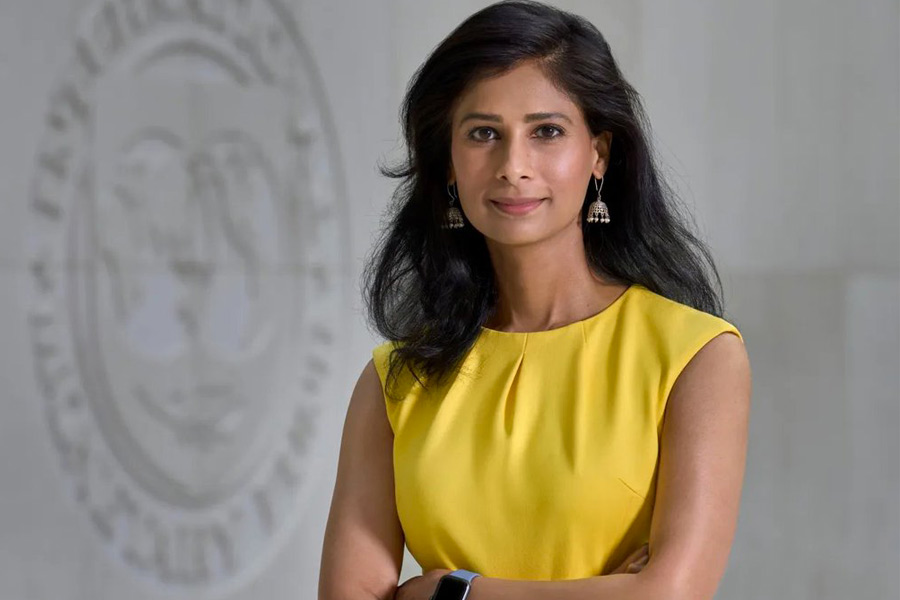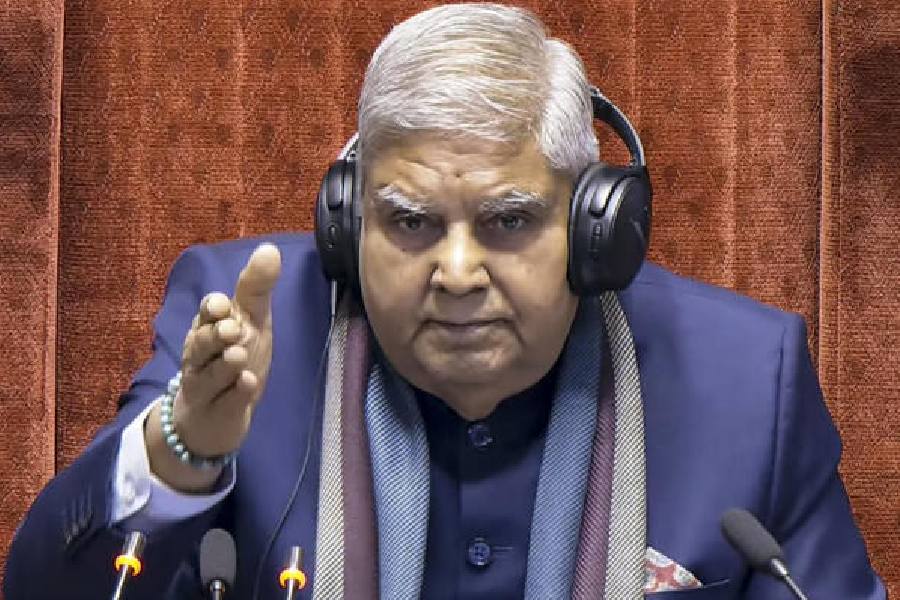Three journalists from The Telegraph had narrow escapes on Sunday as bombs went off at Patna railway station and Gandhi Maidan ahead of Narendra Modi’s rally. They recount their experiences:
Nagendra Kumar Singh (photographer)
I had positioned myself on the roof of the twin towers (a residential-cum-commercial complex) adjoining Gandhi Maidan around noon for an aerial view of the rally. Suddenly, I heard a blast and saw smoke billowing near the old Mahatma Gandhi statue.
Moments later, police carried two injured people out to a jeep. I left the towers and ran into the park.
Several people in the crowd told me they had spotted another bomb. It looked like a tube and was attached to a small watch. As soon as I focused my camera on the object, it went off.
A minor stampede followed. I fell and felt scores of feet trampling my leg. As the smoke cleared, I saw four people lying on the ground, writhing. An injured woman was crying.
Blood oozed from the ears of a young man who wore a NaMo cap. He yelled at the security guards for not helping the injured. It was 10 minutes before the wounded were sent on their way to hospital. I later learnt that two of them had died.
Rallyists shouted slogans in favour of Narendra Modi and against Nitish Kumar. “Nitish planted these bombs,” a BJP supporter screamed.
Panicky people jostled on the park’s walkway, struggling to get past the small exit gate.
Bloodstained Modi masks lay strewn. There were clots on the grass. I limped out with a sprained ankle to hitch a hike to my office.
(Singh witnessed the third and fourth of six blasts at the ground.)
Amit Bhelari (senior reporter) and Sachin (photographer)
The first explosion at Patna station took place at 9.30am inside a toilet at the station’s Karbhigaiya end. We arrived at 10.15 and found a dog squad checking each piece of luggage on platform No. 10, the one nearest the toilet.
The toilet’s door was shut, so was the gate to platform No. 10 from the Karbhigaiya side. Police bosses were supervising operations: there was no way the security personnel would let us or other curious onlookers in.
Bomb squad officer Navin Mishra said the bomb that had exploded had a timer fitted to it, and there were two more bombs in the toilet. “I can’t defuse them alone; we are waiting for more officers to arrive,” Mishra said. After waiting two hours, we decided to try our luck and used the overbridge to slip into platform No. 10. The toilet’s mangled iron door was closed but when we pushed, it opened. It was about 12.25pm.
The scene inside was gory. There were bloodstains all over the place; the iron grille of one of the windows was twisted. We felt nervous because two bombs hadn’t been defused yet. In the two minutes we spent inside the toilet, Sachin snapped 46 pictures. Ten minutes after we had come out, three bomb squad members and railway police inspector Ram Pukar Singh entered the toilet.
Suddenly, there was a deafening blast. People, including security personnel, were running hither-thither, covering their ears. Smoke had filled the air.
Mishra, his right arm bleeding, came out with other bomb squad members and was rushed to hospital.
Fifteen minutes earlier, we had been at the same spot inside the toilet. The two of us exchanged looks. Neither of us could speak for some time, but each was thinking the same thought.


